Yellowstone National Park is home to unique natural wonders fueled by the fiery volcanic forces underneath it. The ten facts explored here reveal some of this iconic wilderness's most fascinating, unexpected aspects.
From the park's volcanic origins to its impact on local wildlife, these details showcase what makes Yellowstone an exceptional living marvel. Whether a first-time visitor or a seasoned traveler, learning these ten surprises about Yellowstone will give you a deeper appreciation of this magnificent place.
1. The World's First National Park
You might be amazed to discover that Yellowstone isn't just America's first national park. Established on March 1, 1872, it's also the very first national park in the world.
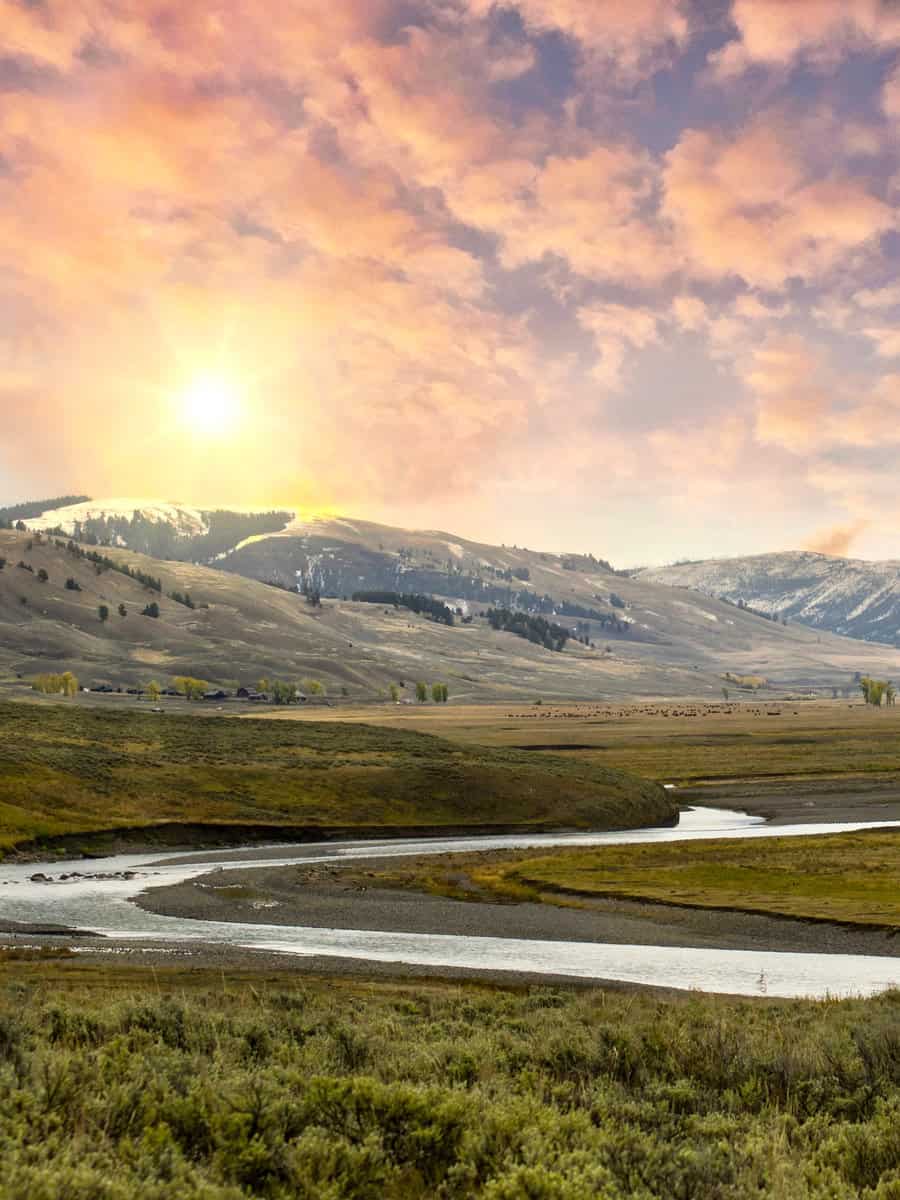
President Ulysses S. Grant signed the law, creating it and taking its name from the flowing Yellowstone River within the park. This significant step in conservation began the global movement to protect nature.
In 1978, Yellowstone's extraordinary beauty and value were recognized when it became a UNESCO World Heritage Site.
2. Larger Than Some U.S. States
Did you know that Yellowstone National Park, spanning 2,221,766 acres, is larger than some U.S. states?
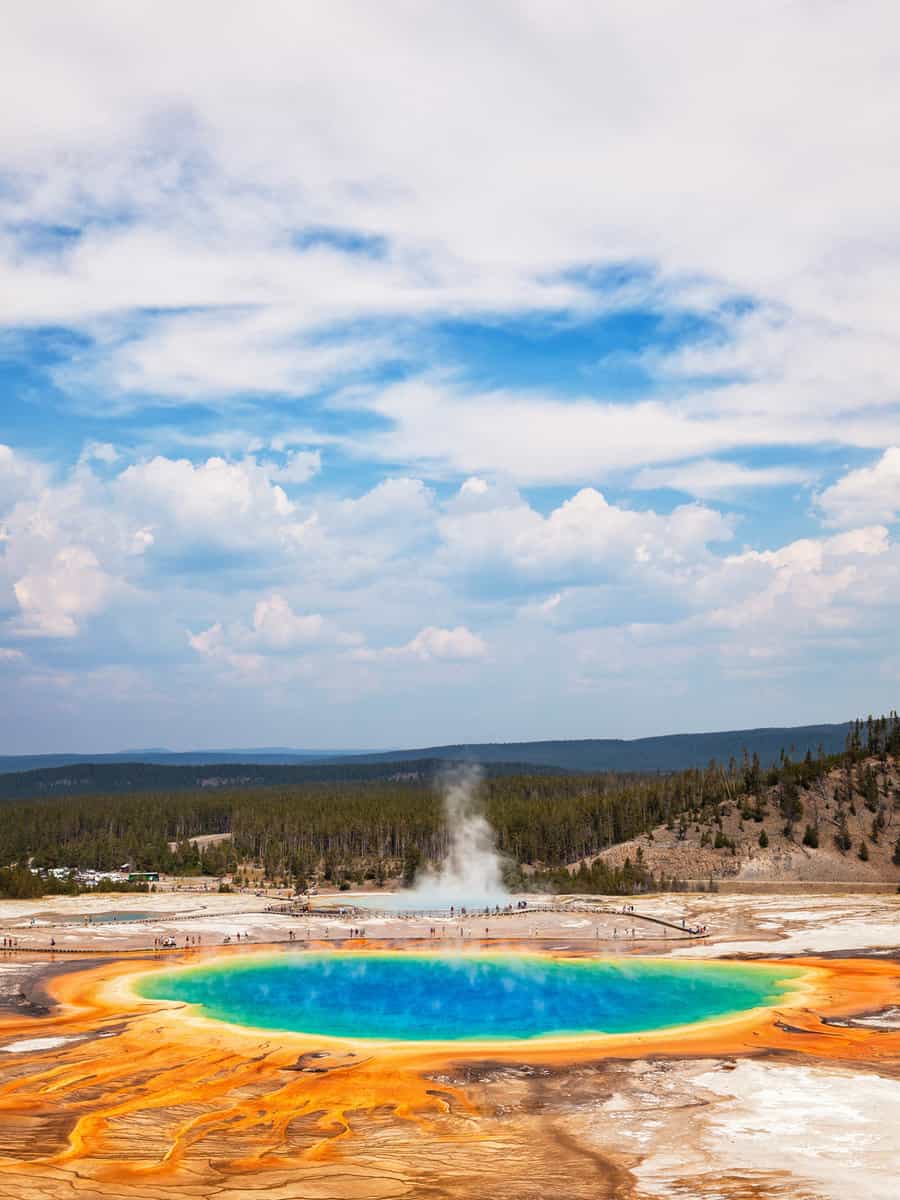
For comparison, Rhode Island, the smallest state, covers about 776,960 acres. Delaware, another small state, is approximately 1,258,595 acres in size. This means Yellowstone's sprawling wilderness exceeds the combined areas of Rhode Island and Delaware! It's a colossal expanse, not just a spot on the map, showcasing its grand scale in the natural world.
3. Spans Across Three States
Yellowstone National Park stretches over Wyoming, Montana, and Idaho, which may surprise you as you explore its vastness.
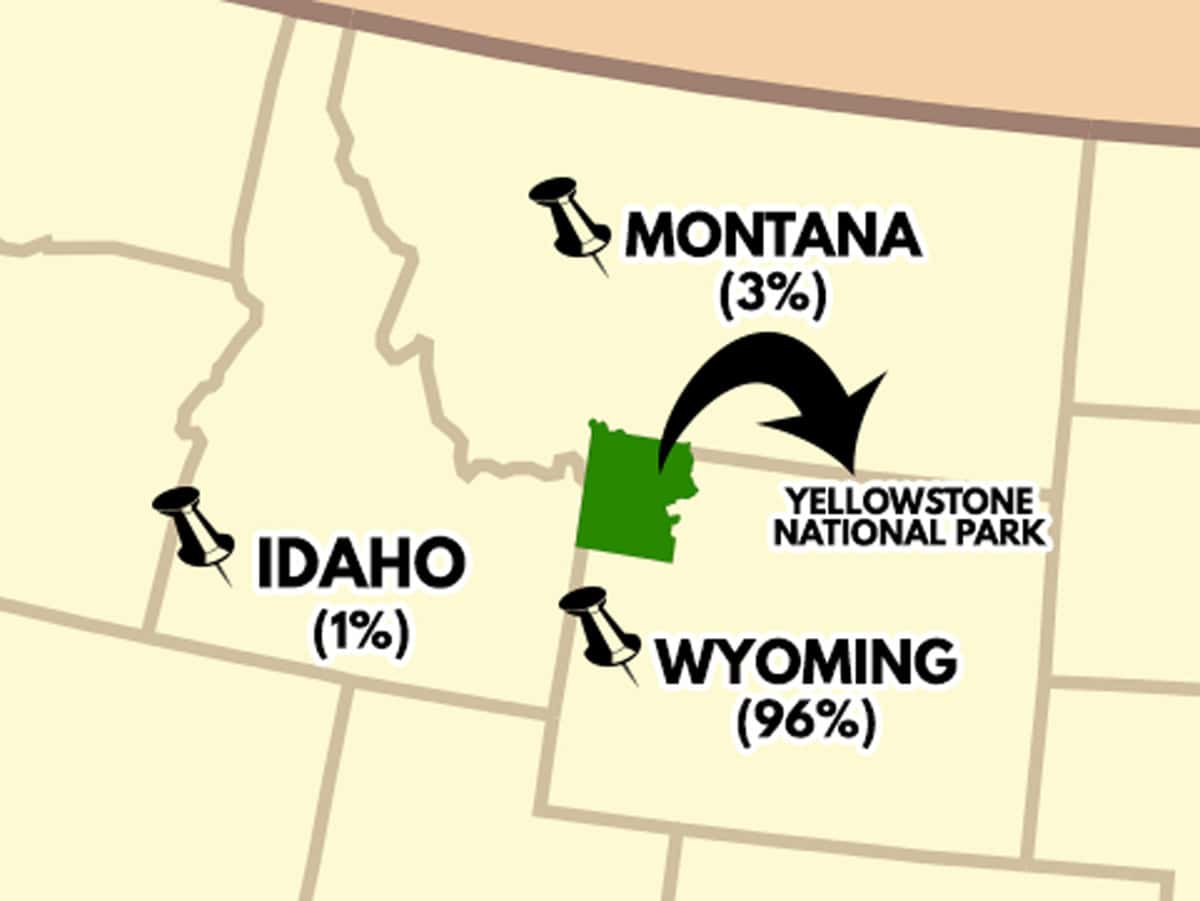
Most of Yellowstone, about 96%, is in Wyoming, where you'll find most of its famous geysers and the Grand Prismatic Spring.
Montana, covering roughly 3%, offers key entrances like the North Entrance at Gardiner, which is open year-round. Idaho holds less than 1% of Yellowstone, a small but vital part of its diverse ecosystem.
Traveling through Yellowstone, you're not just exploring a park but crossing state lines in this remarkable natural wonder.
4. Home of Half the World's Geysers
Stepping into Yellowstone National Park, you enter a world with over 500 active geysers, about half the world's total.
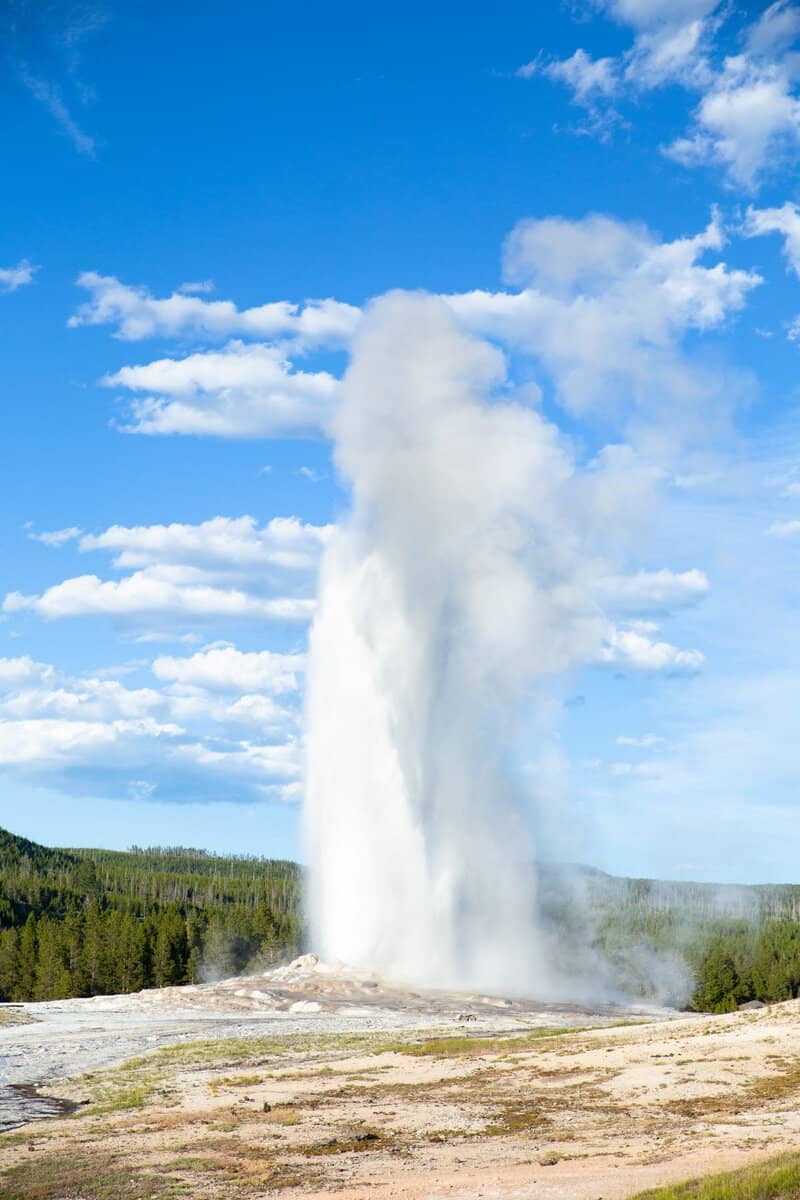
Witness Old Faithful, the renowned geyser, erupting nearly every 90 minutes up to 184 feet high. Explore the Upper Geyser Basin, home to the densest concentration of geysers globally.
Beyond geysers, the park features over 10,000 thermal wonders, including vibrant hot springs and steamy fumaroles. Among these, the Morning Glory Pool stands out with its stunning colors, a must-see in this geothermal wonderland.
5. Having the Highest Elevation Freshwater Lake in North America
Did you know Yellowstone Lake is North America's highest freshwater lake, 7,733 feet above sea level? It's tall and huge, covering 136 square miles, making it the largest at such an elevation.
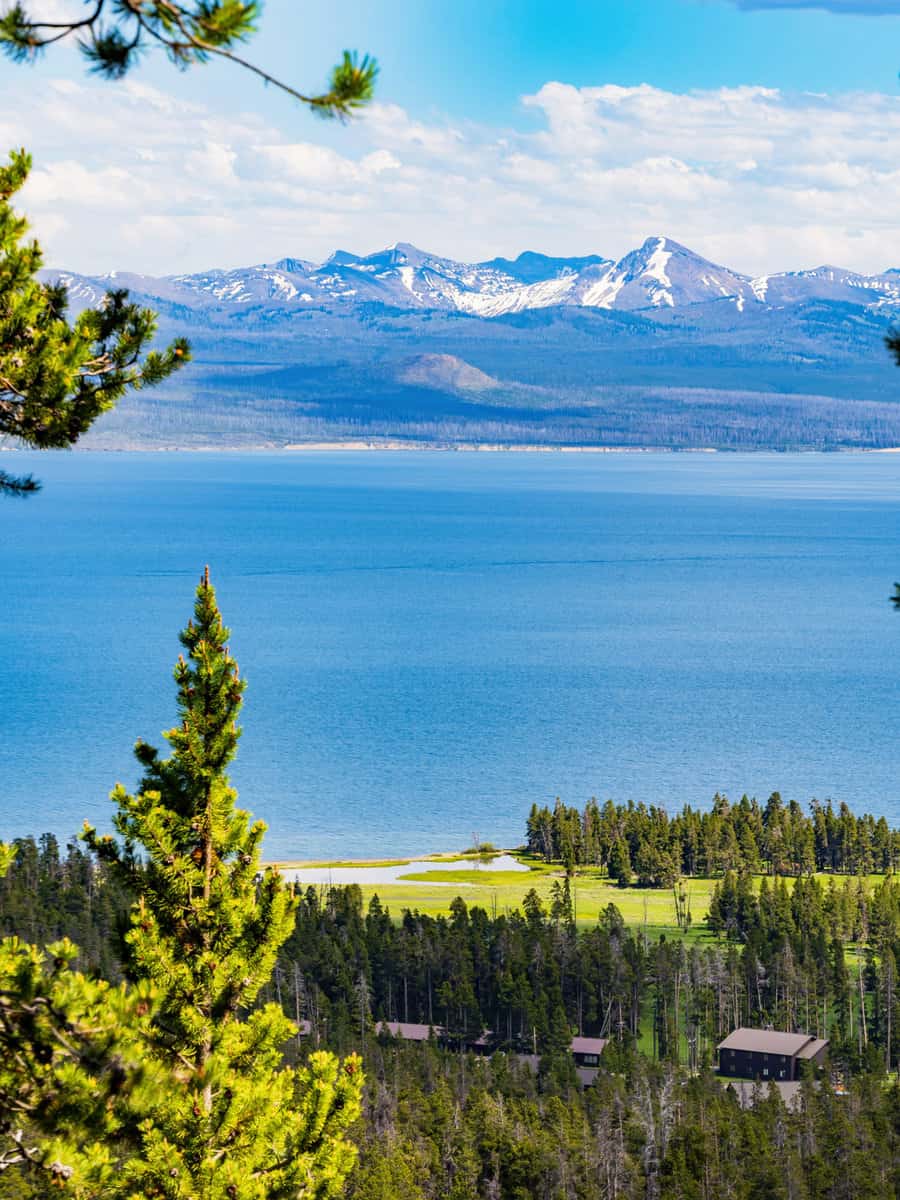
The lake dives deep, reaching 390 feet at its deepest point, and stays chilly, around 41°F even in summer.
Its location over a supervolcano is unique, dotting the lake's bottom with geothermal features similar to the park's geyser basins. So, when you're at Yellowstone Lake, you're experiencing a blend of aquatic grandeur and volcanic mystery.
6. Preserves One of the World's Largest Petrified Forests
Yellowstone National Park showcases a vast petrified forest where ancient trees have become stone over millions of years. These trees were buried by volcanic debris flows and mineral-laden groundwater, preserving them in stunning detail.
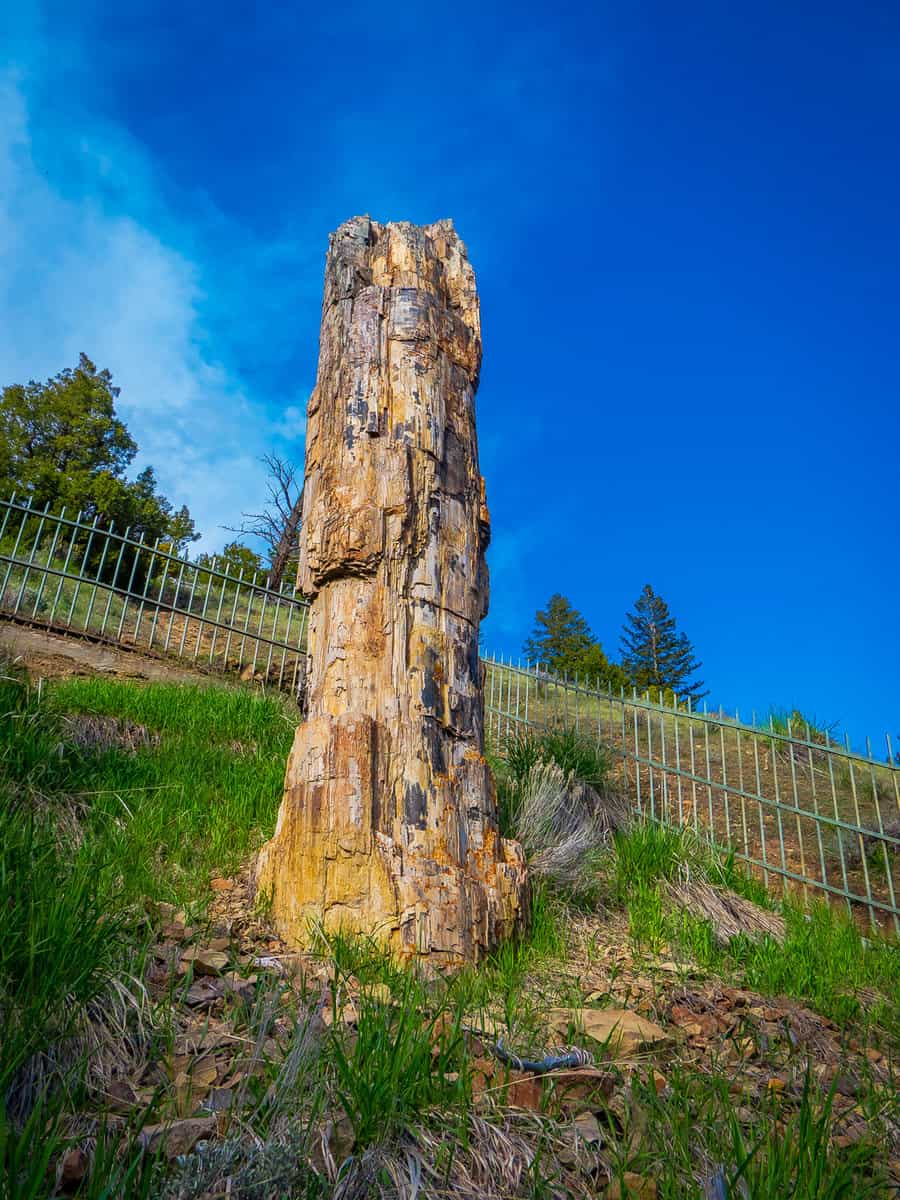
Found mainly in the park's northern regions, these petrified specimens offer a window into the park's ancient ecological and climatic conditions. This unique petrification process, unlike others, preserved the original organic material of the trees, providing a rich source for scientific study.
7. A Volcanic Hotspot Over a Supervolcano
Yellowstone National Park is a volcanic hotspot, sitting atop the vast Yellowstone Caldera, a supervolcano measuring approximately 43 by 28 miles. This massive volcanic area, mainly in the northwest corner of Wyoming, fuels the park's renowned geysers and hot springs.
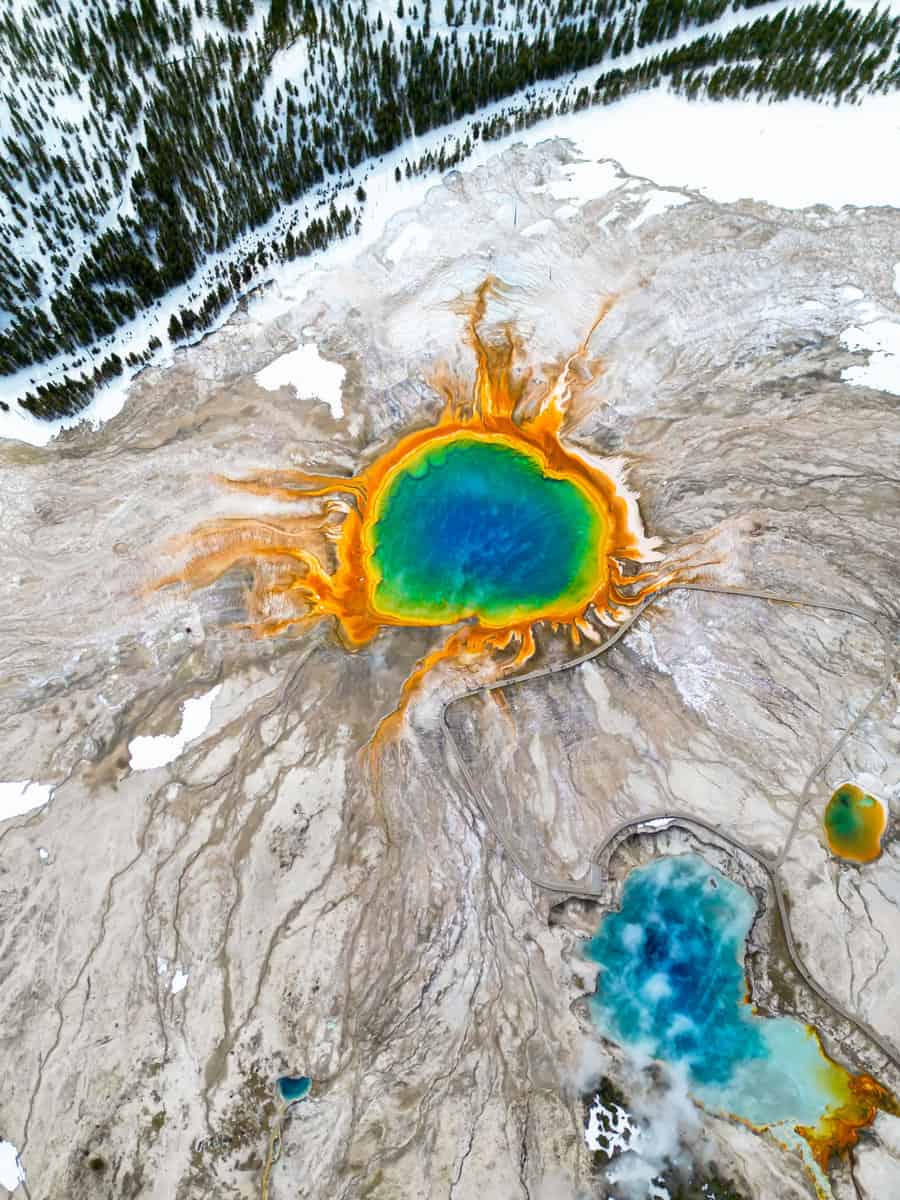
The Yellowstone supervolcano has experienced three supereruptions in the past 2.1 million years. These eruptions include the Huckleberry Ridge eruption 2.1 million years ago, the Mesa Falls eruption 1.3 million years ago, and the Lava Creek eruption 640,000 years ago. Each eruption had significant geological and environmental impacts, shaping the landscape as we know it today.
Are you curious about the odds of Yellowstone’s super eruption happening in your lifetime? They're pretty slim, but you can learn a lot by exploring the research on Yellowstone’s volcanic and geothermal activities.
8. Over 2,000 Archaeological Sites
Over 2,000 archaeological sites have been documented in Yellowstone since 1995, yet less than 3% of the park has undergone thorough surveys. Condition assessments show that 1,145 sites are in good condition, 425 are fair, and 196 are poor. An additional 232 sites lack any condition data.
Twenty-three documented sites have disappeared, affected by natural erosion, the historic 2022 flood, or construction disturbances. This ongoing research and preservation work helps protect the park's deep historical and cultural significance.
9. A Global Attraction with Millions of Visitors Yearly
Yellowstone National Park attracted approximately 3.29 million visitors in 2022, maintaining its popularity with over three million annual visitors since 2008. It reached a peak in visitation in 2021, highlighting its enduring appeal.
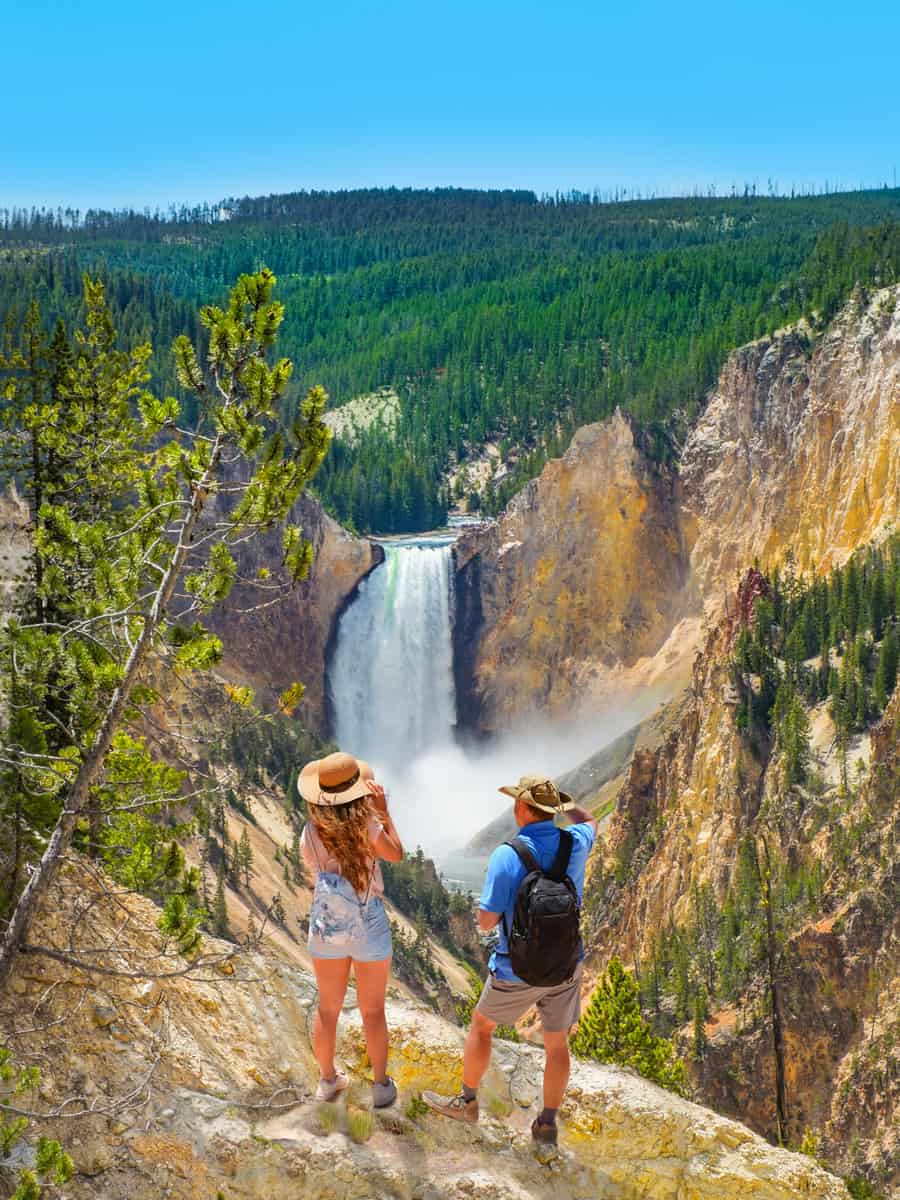
This park ranks among the top in the United States for visitor numbers, drawing crowds with its natural and cultural attractions. Known for its dramatic geysers like Old Faithful and the colorful Grand Prismatic Spring, Yellowstone captivates visitors worldwide. Find more statistics at Statista.
10. Largest Concentration of Mammals in Lower 48 States
Yellowstone National Park is a rich ecosystem, home to 67 mammal species, about 300 bird species, and 16 types of fish. The park is a refuge for various ungulates, such as bighorn sheep, bison, and moose, and also for predators, including black bears, grizzly bears, and wolves.
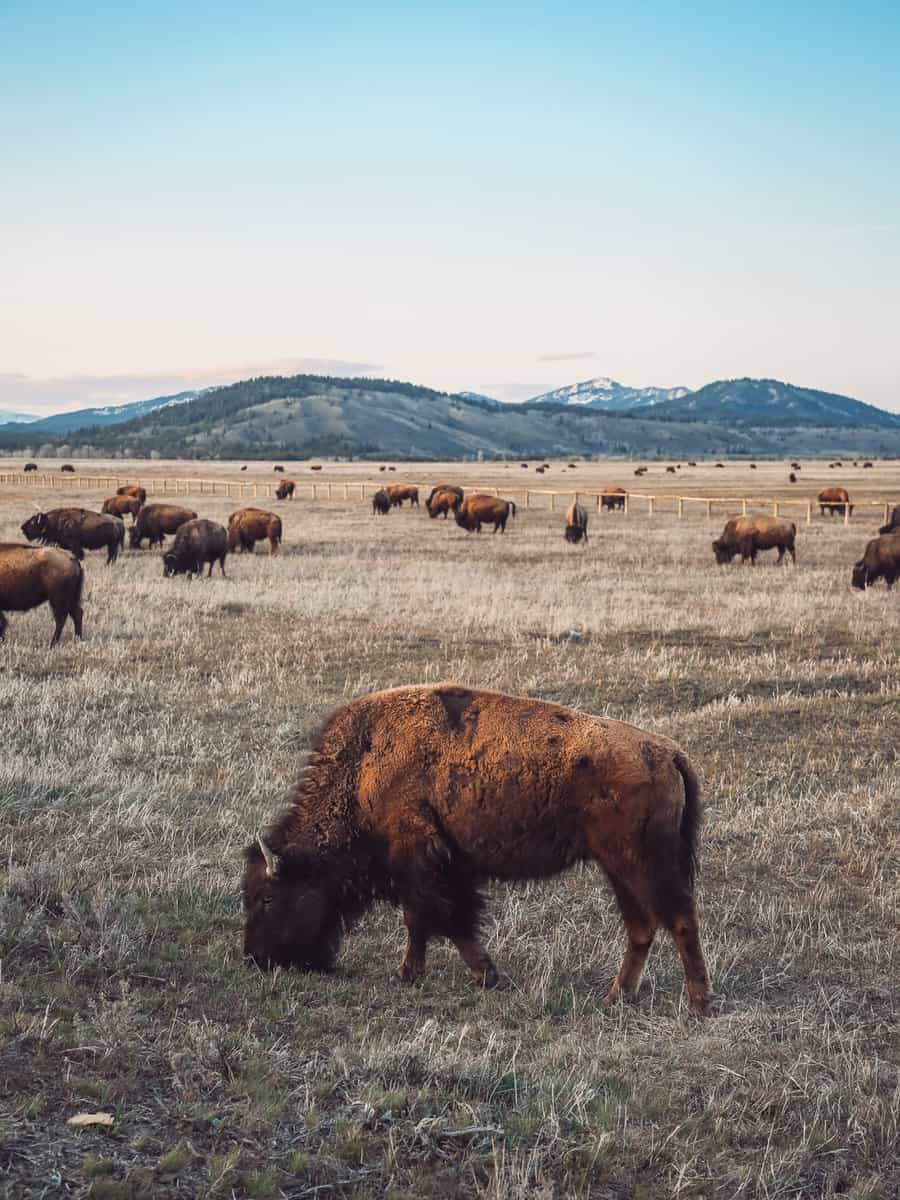
Notably, gray wolves were restored to the park in 1995, and as of January 2023, there are 108 living primarily within its boundaries. This diversity makes Yellowstone one of the most remarkable wildlife habitats in the lower 48 states.
Wrapping Up Insightful Facts About Yellowstone
And there you have it – ten surprising facts about Yellowstone National Park that add intrigue and wonder to this already breathtaking natural wonder. From its status as the world's first national park to its unique geological features and rich wildlife, Yellowstone continues to captivate and inspire millions of visitors annually.
So, the next time you visit or even think about this majestic park, remember these extraordinary facets that make Yellowstone a true treasure of the natural world. Keep exploring, keep learning, and most importantly, enjoy the endless wonders places like Yellowstone offer.
